
One of the main challenges photographers face when trying to accurately capture any scene is achieving a realistic sense of depth, whether you’re shooting a portrait or a landscape. For centuries, artists have struggled to effectively portray a three-dimensional object in a two-dimensional image. In the absence of physical depth, artists and photographers are forced to incorporate optical illusions to create a convincing sense of visual dimension.
These techniques will help you capture a more satisfying scene, and will help viewers feel completely immersed in your work. By composing your images to enhance the feeling of depth, you’ll find that your resulting images are more powerful and dynamic. Bring your scenes to life by using these tips to make them feel more three-dimensional, interesting, and realistic.
Table of Contents
This is one of the most common composition rules artists use to achieve a sense of perspective. Look for leading lines like winding paths, city streets, or natural shore lines to draw the viewer’s eye into the distance. You can also create this effect with things like fences, walls, even fallen trees. While this method is primarily used in architectural or landscape shots, you can incorporate it into portrait compositions for a more dynamic result.
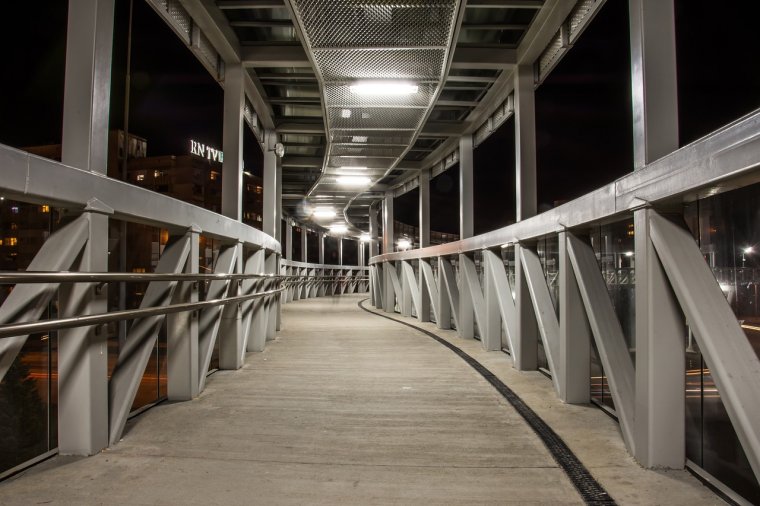
Leading lines can be found almost everywhere you look, so keep your eyes open and start finding ways to incorporate them into the frame. These lines are an easy way to give your image a stronger feeling of dimension.
Make sure your shot includes a variety of information for the viewer, to help establish a sense of space. By keeping some foreground details in the frame, as well as interesting background elements, you can effectively build a scene with substantial depth and dimension. Each composition should include a foreground, middle ground, and background, and try to find a way to connect each layer.
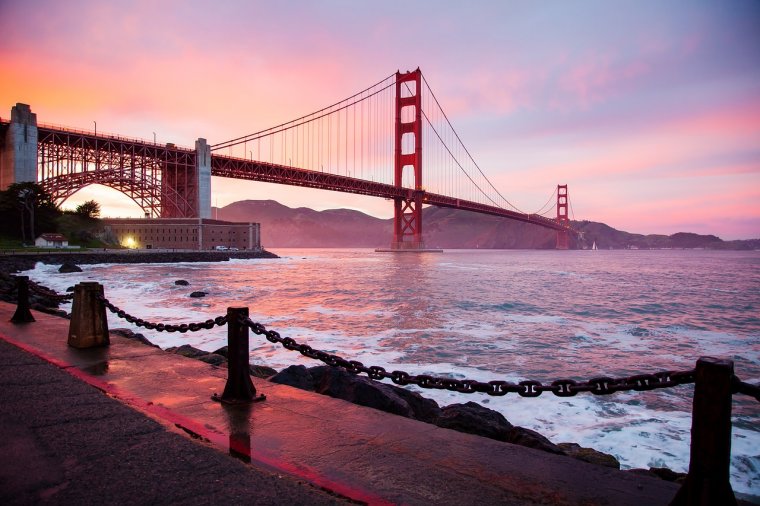
If there’s nothing particularly interesting in the foreground, try framing the scene with branches, leaves, or grass. This can be done when shooting both landscapes and portraits to create interesting compositions with a strong element of dimension.
Using a shallow depth of field, you can selectively focus on your subject and allow the rest of the photo to fade away. This will not only make your subject pop, but it increases the feeling of distance between the background, the subject, and you. This effectively creates a sense of depth and dimension, without having to adjust your composition.
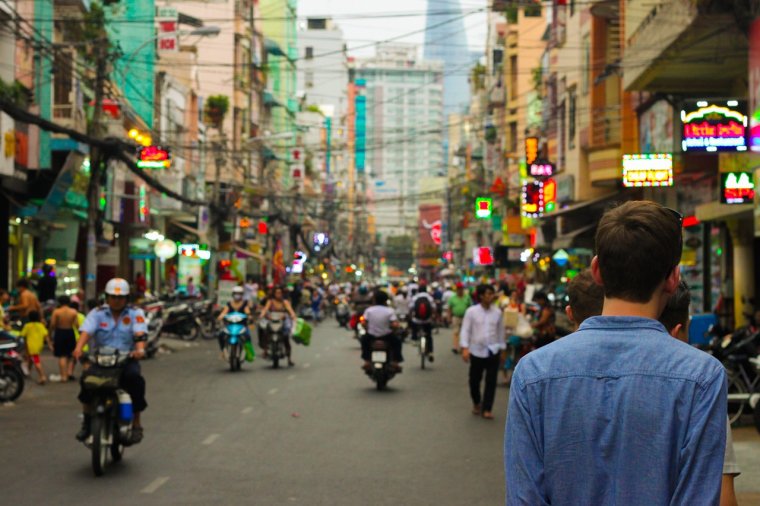
This technique works even better when you can leave an element in the foreground out of focus. Like mentioned above, try using leaves or branches to frame the selective focus on your subject. That way, you can maintain the three planes of your image while still highlighting one specific element, like the model in a portrait.
A staircase, a fence, or even rows of seats in a theater can all help create a visual sensation of depth. As they decrease in size through the frame, the viewer can recognize their distance from the foreground. This information is then used by the viewer to establish a sense of space within the image.

Repetition also allows for interesting, unique compositions, so use this technique to your advantage. You can find repetition all over. Keep your eyes open and search for opportunities to benefit from the depth it can add to your images.
Shooting at eye level is great, but you’ll be able to exaggerate a scene’s perspective by crouching down and shooting from a low angle. You’ll be able to pull in more foreground elements, create a vanishing point, and force viewers to look at a scene in a completely new way.
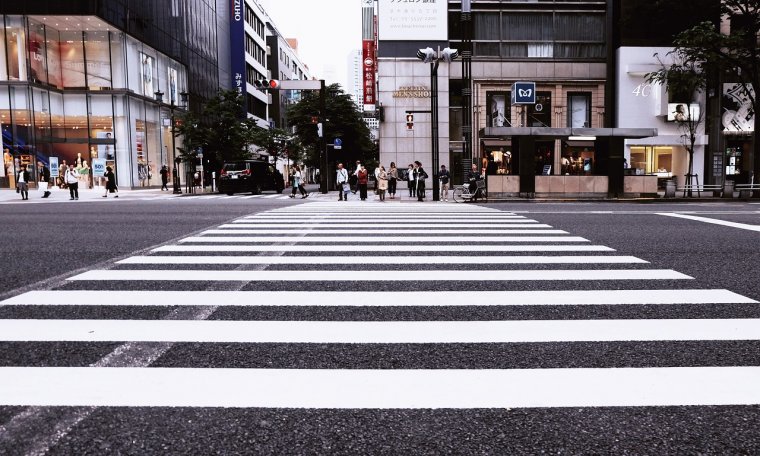
Angling down and shooting from above can also provide this exaggerated perspective by using converging lines in a more interesting way. Just a simple change in viewpoint can often be enough to make a well-composed shot much more dynamic and dimensional. This can give viewers a new look at a familiar scene.
Often, this isn’t something you can control. However, when conditions are right, you can use light to your advantage to capture a scene with dramatic depth. The glow of the sun can help build an impressive 3-D effect, illuminating certain elements of the scene and effectively building the three planes you need in your image.
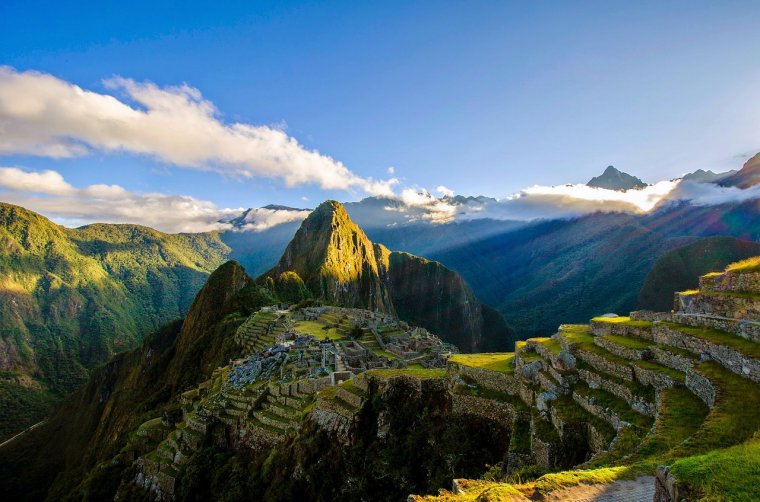
It doesn’t have to be sunny out for lighting to impact the dimension of your photo, though. An overcast day with clouds and fog can offer some interesting and exciting ways to achieve a great sense of depth.
The next time you’re out shooting, keep these tricks in mind. With them, you can create intriguing compositions with a strong sense of dimension. Let your viewers explore the frame by giving them the depth they need to feel drawn in. The more you practice these techniques, the easier they will become. Soon, shooting in a way that creates a feeling of depth and dimension will be second nature.
Comments (1)
Very good article…keep it up!